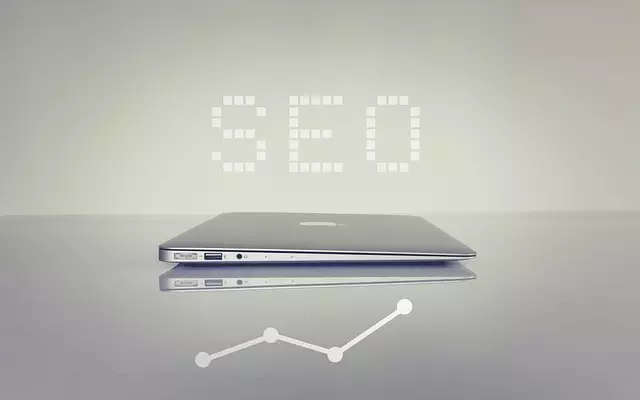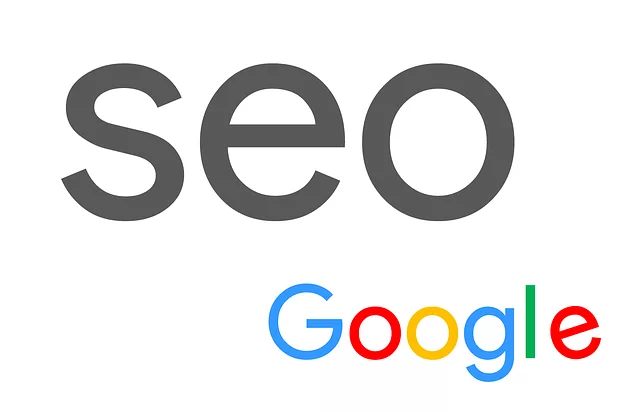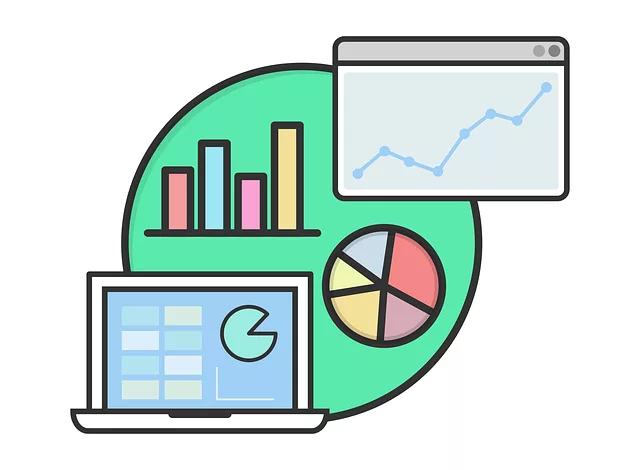Master On-Page SEO: Strategies for Ranking Higher
On-Page SEO is a critical component of digital marketing, focusing on optimizing web pages to improv…….

On-Page SEO is a critical component of digital marketing, focusing on optimizing web pages to improve search rankings and attract organic traffic. This includes strategies like keyword research, content placement, meta tag optimization, and high-quality writing. Title tags, meta descriptions, content depth, header tags, internal linking, image optimization, and mobile responsiveness are all essential SEO tips for ranking higher. Utilizing these techniques effectively can enhance user experience, signal search engine value, and lead to better search rankings in today's digital landscape.
Looking to boost your website’s ranking? On-page SEO is the foundation you need to attract search engines and drive organic traffic. In this guide, we’ll explore vital SEO tips for ranking higher through comprehensive strategies that empower your site to stand out. From optimizing title tags and keyword research to content creation, header tags, internal linking, image optimization, and mobile responsiveness, discover the secrets to crafting an SEO-friendly online presence that captivates audiences and improves rankings.
Understanding On-Page SEO: The Foundation for Better Rankings

On-Page SEO is the cornerstone of any digital marketing strategy aimed at boosting online visibility and driving organic traffic. It refers to the practice of optimizing individual web pages to rank higher in search engine results pages (SERPs). This involves a deep understanding of how search engines crawl, interpret, and index content, and it plays a pivotal role in the quest for better rankings.
By implementing effective on-page SEO techniques, such as keyword research and strategic placement, high-quality content creation, and meta tag optimization, you lay a solid foundation for your website to capture the attention of both search engines and users. These practices ensure that your pages are not only relevant but also engaging, thereby increasing the likelihood of higher rankings and improved user experience.
Optimizing Title Tags: Crafting Compelling Headlines

Title tags are a crucial element in on-page SEO, serving as the headline for your web pages and playing a significant role in search engine rankings. Crafting compelling headlines that accurately reflect the content of your page while incorporating relevant keywords is essential. A well-optimized title tag not only captures the essence of your content but also encourages users to click through from search results.
When implementing SEO tips for ranking higher, focus on making your title tags descriptive, unique, and keyword-rich. Keep them under 60 characters to ensure they display fully in search results while aligning with best practices for both search engines and users. Avoid overstuffing keywords, as it can lead to poor user experience and potential penalties from search engines. Instead, focus on creating natural language phrases that accurately represent the page content.
Keyword Research: Unlocking Relevant Search Terms

Keyword research is a fundamental step in any successful SEO strategy, as it helps you understand what terms your target audience is using to search for information related to your niche. By unlocking relevant search terms, you can optimize your on-page content to better align with user intent and search engine algorithms. Using tools like Google Keyword Planner, Ahrefs, or SEMrush, identify long-tail keywords that are less competitive but have high search volumes. These keywords often reflect more specific user queries, giving you an edge in ranking higher for relevant searches.
Once you’ve identified your target keywords, integrate them naturally into your web page elements—from titles and headings to meta descriptions and content bodies. But remember, keyword stuffing is a no-go. Instead, focus on creating high-quality, engaging content that incorporates keywords contextually. This approach not only enhances user experience but also signals to search engines that your content is valuable and relevant, boosting your chances of securing better rankings in the long run.
Enhancing Meta Descriptions: Compelling Readability

Meta descriptions play a pivotal role in on-page SEO, acting as concise snapshots that entice users to click through from search engine results pages (SERPs). Crafting compelling meta descriptions involves balancing keyword optimization with readability. Incorporate relevant keywords naturally within the 150–160 character limit to ensure your listings stand out while maintaining clear and engaging language that resonates with your target audience.
Consider this as your chance to tell a brief story, highlighting the value proposition of your webpage. Effective meta descriptions not only draw click-throughs but also foster higher engagement once users arrive at your site. This, in turn, can positively impact rankings as search engines recognize your content as more relevant and user-friendly.
Content Creation: Value, Relevance, and Optimized Length

Creating valuable content is at the heart of effective on-page SEO strategies. When crafting content, focus on providing in-depth and relevant information that answers your audience’s queries comprehensively. Search engines prioritize content that offers a great user experience by addressing user intent behind search queries. Ensure your content aligns with keywords naturally, without appearing forced or keyword-stuffed. The right balance is key to ranking higher for SEO tips for better rankings.
Relevance and length go hand in hand when optimizing content. Aim for a length that covers the topic exhaustively while maintaining readability. Generally, longer content tends to rank higher due to its ability to delve into subtleties and nuances, but quality should never be compromised for quantity. Keep your content concise, focusing on key points, ensuring each paragraph adds value, and guiding readers through a logical flow of information.
Header Tags (H1-H6): Structuring Your Content Efficiently

Header tags, such as H1-H6, are essential tools in on-page SEO that help search engines understand and interpret your content’s structure. By assigning headings to different sections of your page, you’re essentially creating a roadmap for both users and search algorithms. The H1 tag should be used for the main title or heading, representing the primary focus of your content. This helps search engines identify what your page is primarily about.
Subsequent headers (H2, H3, etc.) should be used to break down your content into digestible sections, making it easier for readers to navigate and for search engines to index. Each header should represent a distinct subtopic or category within your main subject, effectively organizing your content in a hierarchical manner. This structured approach not only enhances user experience but also provides valuable context to search engines, thereby improving your chances of ranking higher on search results pages.
Internal Linking: Navigating Your Site Seamlessly

Internal linking is a powerful SEO tip that helps search engines understand your site’s structure and hierarchy, enabling them to crawl and index your pages more efficiently. By creating seamless navigation within your site, you improve user experience as visitors can effortlessly browse through relevant content. This strategic practice also distributes link equity, passing authority from one page to another, which significantly boosts your overall SEO efforts. When implementing internal links, use descriptive anchor text that accurately represents the linked page’s content, making it easier for both search engines and users to grasp the context.
As you optimize your on-page SEO, focus on creating a logical flow of links throughout your website. This means strategically placing links within your content, such as in paragraph text or list items, rather than overstuffing them in the footer or header. Ensure that each internal link provides value by directing users to content that enriches their experience and satisfies their information needs. Remember, the goal is to guide both search engines and visitors through your site effortlessly, ultimately contributing to better rankings for your target keywords and an enhanced user journey.
Image Optimization: Enhancing Visual Search Experience

Image optimization plays a pivotal role in today’s visual search landscape, offering significant advantages for those who implement effective strategies. When optimizing images for SEO tips for ranking higher, it’s crucial to ensure your visuals are not only visually appealing but also optimized for search engines. Start by adding descriptive file names and alt tags to each image, detailing its content accurately. For instance, instead of “image1.jpg,” use descriptive terms like “product-close-up.jpg.”
Additionally, compressing images without sacrificing quality reduces their file size, leading to faster loading times. This not only enhances the user experience but also signals search engines that your site is optimized for performance. Consider using modern image formats like WebP, which offer better compression and quality compared to traditional JPEGs or PNGs. By incorporating these SEO tips for ranking higher into your image optimization practices, you can significantly improve your website’s visual search experience and attract more organic traffic.
Mobile Responsiveness: Adapting to User Preferences

In today’s digital era, mobile responsiveness is no longer an option but a necessity for any website aiming to rank higher in search engine results. With a majority of users accessing the internet through their smartphones and tablets, Google and other search engines prioritize websites that provide an optimal experience across all devices. This means your site must be fully functional, fast-loading, and visually appealing on mobile screens, mirroring the desktop version’s layout and content without compromise.
Implementing responsive design ensures that your website adapts seamlessly to different screen sizes and orientations, offering easy navigation and readability. It’s a crucial SEO tip that not only enhances user satisfaction but also serves as a direct signal to search algorithms, demonstrating your site’s quality and relevance in the mobile landscape. A well-responsive website is more likely to secure higher rankings, driving increased organic traffic and ultimately contributing to better online visibility.







